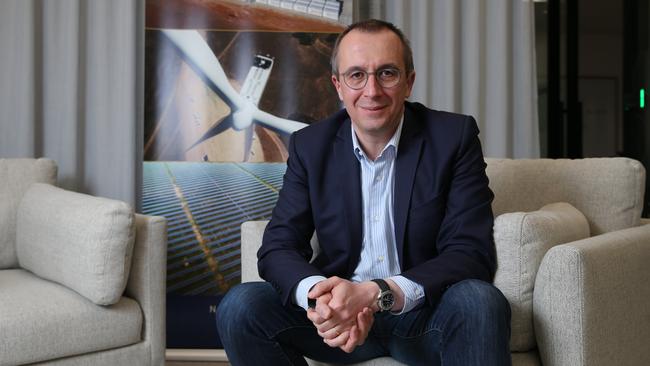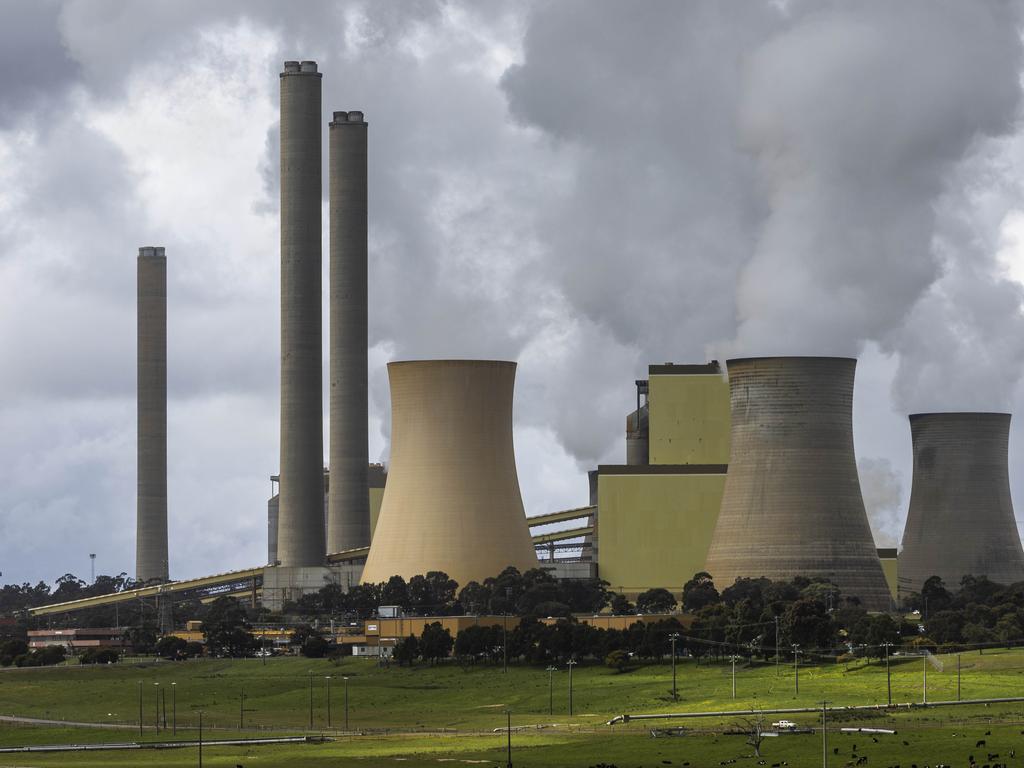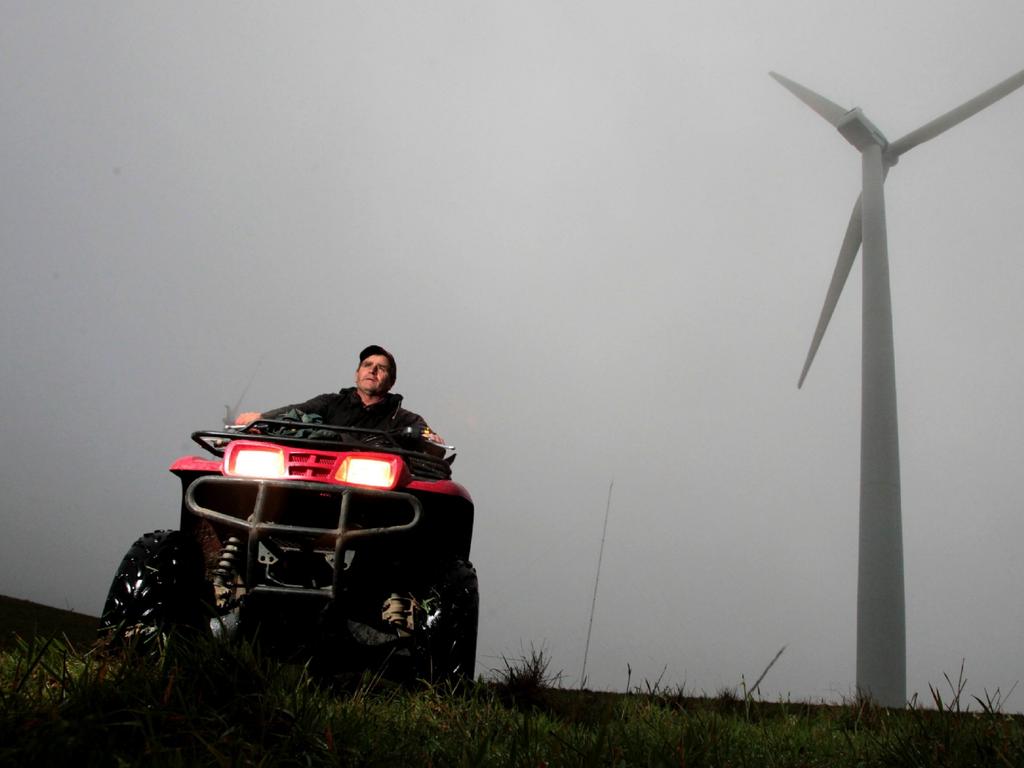Major renewable energy developer Neoen plans to more than double its pipeline
Neoen, already one of Australia’s largest renewable energy developers, has committed to build 10GW of zero emission generation by 2030, despite growing political risk.
One of Australia’s largest renewable energy developers will more than double its zero emission generation pipeline by 2030 to capitalise on the country’s lofty transition targets, an ambition that may boost confidence in the pace of Australia’s transition but could inflame tensions within some communities.
France-based Neoen already and operates 21 local renewable energy developments, including wind farms, solar projects and large-scale batteries.
Chief executive Xavier Barbaro said it would expand rapidly, despite the political uncertainty emerging in Canberra.
“We are already a major developer here and our plan is to double in size and reach 10GW of renewable energy capacity in Australia by 2030 – and we have the means to get there,” Mr Barbaro told The Australian.
Should Neoen reach its target, it will be vying against Andrew Forrest’s Squadron Energy to be the country’s largest renewable energy developer.
Squadron Energy has pledged to develop 14GW of wind and solar by 2030, which is about one-third of the generation Australia will need to meet its transition goals, a target that would be in reach should it and Neoen deliver.
The Australian Energy Market Operator estimates the country needs 57GW of grid-scale solar and wind generation capacity to be installed by 2030. The current capacity is 19GW.
Australia – one of the world’s highest per capita emitters – is currently on course to miss its renewable energy targets, stoking concerns the country will have to prolong the use of coal or risk blackouts.
The challenge is elevated by mounting political risk facing developers. The federal government has implemented a target to rapidly transform the country’s electricity sector, with renewable energy providing more than 80 per cent of the country’s power by the end of the decade.
To kickstart the rollout, the government last year promised to underwrite a massive expansion of 32GW of new wind, solar and battery projects.
Squadron’s ambitions would go a long way to meeting the goal.

In contrast, the Coalition has proposed using nuclear energy at the sites of soon-to-close coal power stations, a policy that would reduce the disruption to regional Australia.
To connect the vast arrays of new renewable energy developments Australia will need more than 100,000km of new high-voltage transmission lines, many of which will run through prime agricultural land.
Nuclear energy would reduce the need for new infrastructure, but the industry is years away from commercialisation, would require fresh legislation and the sign-off from companies such as AGL Energy and Origin which own the soon-to-close coal power stations.
With contrasting visions, divisions are widening, as evidenced by protests in Canberra this month against the rollout of renewable energy developments, which saw Nationals leader David Littleproud suggest a pause on new projects.
There is sizeable opposition to renewable energy within Australia’s rural communities, but probably a minority. Energy Infrastructure Commissioner Andrew Dyer in a landmark report earlier this month attributed this to adverse behaviour by renewable energy developers.
Mr Dyer said the practices of prospective developers had sowed deep mistrust and the government needed to act to repair the industry’s standing. He recommended greater oversight, including a new ratings system to weed out “cowboys” from the industry.
The report concluded governments needed to better plan who was responsible for new developments, while recommending a new ratings system for developers to demonstrate their previous work on similar projects, along with a proper complaints system.
Mr Barbaro said Neoen had noted the strength of feeling in some communities, but said the company was confident of securing much-needed local approval.
“We saw the protests and have heard some of the comments. We know that securing a strong social licence is vital for our projects. We are confident that all levels of government are committed to adding more renewables,” Mr Barbaro said.
Neoen’s commitment to Australia will be a relief to the federal government, which is under growing pressure to deliver its transition plan.
Coal is still the dominant source of electricity in Australia, providing about 60 per cent of the country’s power, but the market operator expects all the traditional generators to retire in the next 15 years.
AEMO has warned that unless Australia gets on with rapidly expanding new renewable energy developments, the country faces a decade of unreliable electricity supply, which would also see prices soar.
Australians already pay some of the world’s highest electricity bills and energy officials worry the transition will lose the support of the electorate unless prices moderate.








To join the conversation, please log in. Don't have an account? Register
Join the conversation, you are commenting as Logout